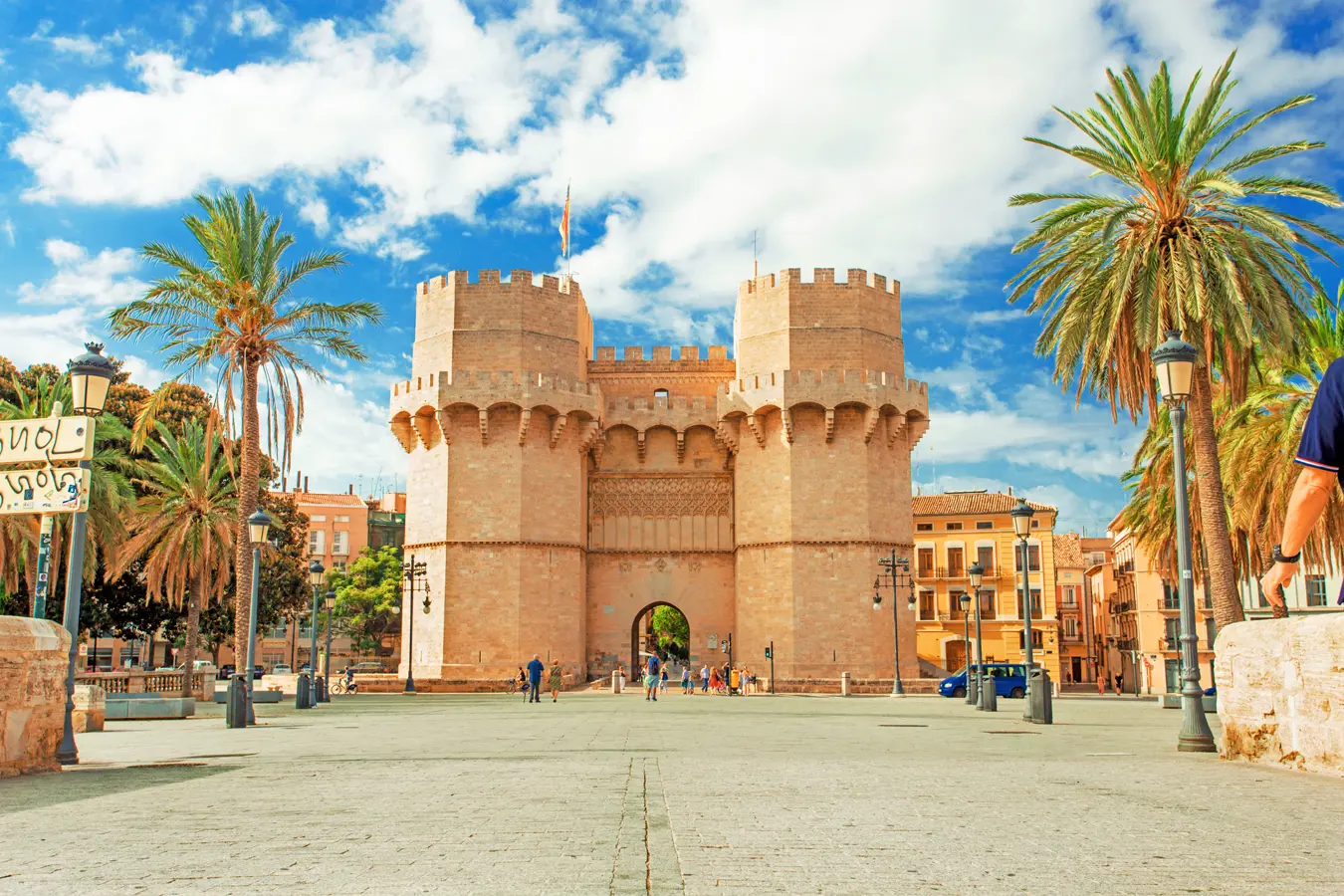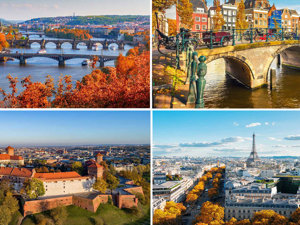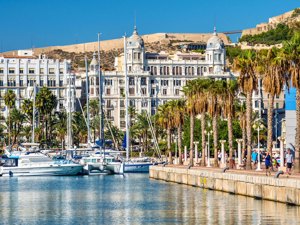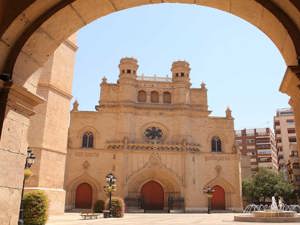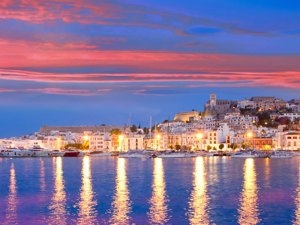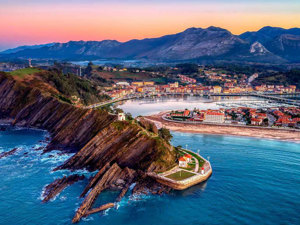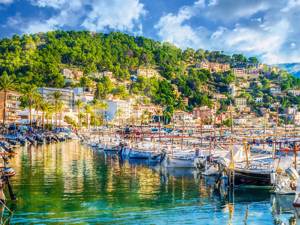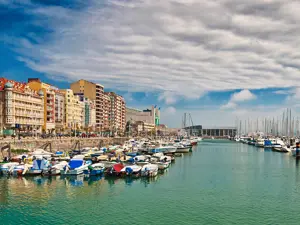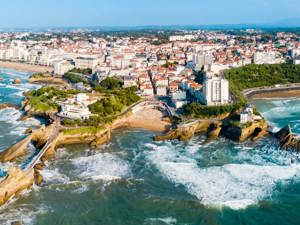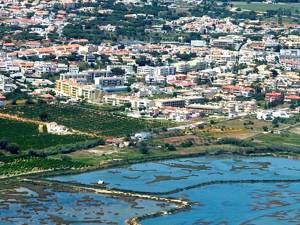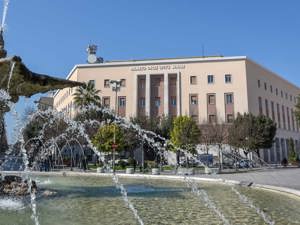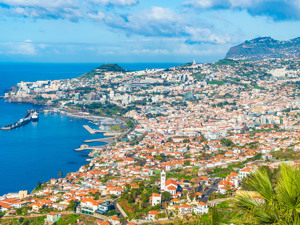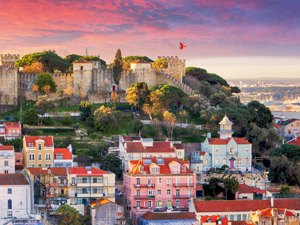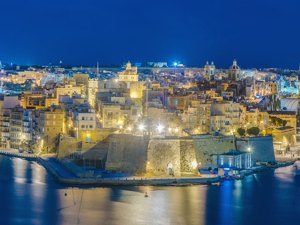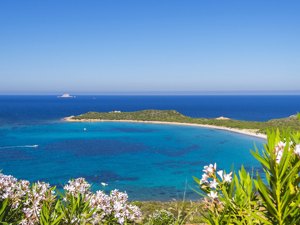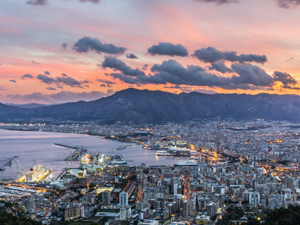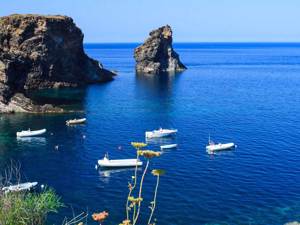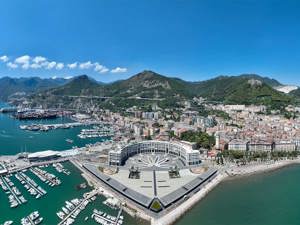The city of art and creativity
The ideal place to start discovering Valencia is its old town. With a rich historical, cultural and architectural heritage, Valencia has been recognised by UNESCO for its ‘exceptional universal value’, which can be admired in the city’s three principal attractions: La Lonja de la Seda (Silk Exchange), the Tribunal de las Aguas and Las Fallas.

Valencia Photo: Copyright © Gagliardi Photography / Sisterscom.com / Shutterstock
La Lonja de la Seda is a treasure of Valencia’s civil gothic architecture which, in its magnificence, demonstrates how Valencia flourished between the fifteenth and eighteenth centuries thanks to the silk trade with the Americas, Asia and North Europe. For this reason, UNESCO has included the city in its ‘Silk Roads’ project.
La Lonja de la Seda. Photo: Copyright © Sisterscom.com / Shutterstock
The ancient tradition of the Tribunal de las Aguas de la Vega, which meets every Thursday at midday under the Apostles’ Gate at the Cathedral of Valencia and is an institution that since the Roman era has resolved conflicts in public arising from the use of irrigation water among farmers, has also been recognised as a UNESCO Intangible Cultural Heritage. Valencia Cathedral, primarily a Gothic-style building, houses the Holy Grail, which is kept in the Chapel of the Holy Chalice, and one of the most important pieces of art from the first Spanish Renaissance and Renaissance frescoes on its High Altar.
Cathedral of Valencia Photo: Copyright © Bahdanovich Alena / Sisterscom.com / Shutterstock
Well worth visiting are the Cathedral Museum, to see paintings by Maella and Goya, and the Miguelete Tower, the top of which can be reached after a climb of 207 steps to enjoy panoramic views of the city. Located in the old town in a modernist building, the Central Market is one of the largest in Europe and abundant with fresh produce. The Church of St. Nicolás features spectacular frescoes and stands in the heart of Barrio del Carmen, an old-town district that is also the site of the medieval remains of the Torres de Serranos and Torres de Quart, the centennial Plaza del Árbol, historic shops, bars serving local tapas and paella restaurants in Plaza del Tossal.
Torres de Serranos. Photo: Copyright © Katerina Knyazeva / Sisterscom.com / Shutterstock
Other places to visit include the City of Arts and Sciences, one of Valencia’s landmarks designed in modernist style by the architect Santiago Calatrava, the Príncipe Felipe Museum to discover the secrets of science, and the marine depths in Oceanogràfic, Europe’s largest aquarium. The City of Arts and Sciences was opened in 1998, and is one of Valencia’s symbol with Santiago Calatrava’s modernist architecture. Hemisfèric, Príncipe Felipe Science Museum, Umbracle, Oceanogràfic, Palau de les Arts, Ágora and the Assut d’or Bridge are seven monumental buildings that make up the City of Arts and Sciences.
City of Arts and Sciences. Photo: Copyright © Gagliardi Photography / Sisterscom.com / Shutterstock
Relaxation and connection with nature can be experienced with a walk through the Turia Gardens. The Gardens, built on the former riverbed of the Turia River, extend for nine kilometres from Cabecera Park to the City of Arts and Sciences and are crossed by 18 bridges. The former riverbed passes by the city’s main museums such as the Valencia Institute of Modern Art (IVAM) and the Fine Arts Museum.
Las Fallas
Las Fallas is a UNESCO Intangible Cultural Heritage, celebrated each year from 15th to 19th March. It is a festival of creativity and a celebration of music, the silk industry, fun and food, during which about one hundred gigantic statues are set alight amid a spectacle of processions, concerts and fireworks.

Las Fallas. Foto: Copyright © Woskresenskiy / Sisterscom.com / Shutterstock
Creativity has always been the jewel in the crown of Valencia, which is loved by art, architecture and fashion enthusiasts. It is no coincidence the city has been awarded the title of World Capital of Design for 2022 by the World Design Organisation. The focus on design is seen in the city’s architecture, culture and food, but also by strolling through the streets of the city. There are numerous ongoing projects including the Valencian Design Archive, the future Design District, the Arena Valencia project (a multifunctional space for sports events), the new Stadium, the Wind Tower in Valencia Marina designed by the architect Fran Silvestre, and the future Caixaforum Valencia in the Agora (City of Arts and Sciences).
Valencian gastronomy
Tourists, walking around the town at aperitif time, are invited to try the famous Agua de Valencia, a mixture of orange juice, cointreau, vodka and cava. This is almost an initiation rite that welcomes you to the city of the famous movida, the inimitable synonym for nightlife and entertainment.
Valencian gastronomy is Mediterranean based on fresh and quality products, from the sea and from land. Valencia preserves a thousand-year-old culinary heritage and the most famous dish is La Paella.
Valencian movida
The nightlife in Valencia is unique. It is as absorbing as the nightlife in Madrid and Barcelona, but more discrete, less obvious and showy. In order to get around, it is essential to understand the rhythms and know where to go, and when. The hub of the movida is not the same every night of the week. Each nightspot may be trendy one evening and decidedly less cool another. Don’t forget either that some places come alive only after 3.00 am.
The most crowded areas with bars, pubs and club are Cànovas, Barrio del Carmen (with more alternative and trendy places) and the Ciutat Universitaria, in particular along Avenida de Blasco Ibáñez and the roads around Plaza de Xuquer.
The beaches of Valencia
A visit to Valencia is enhanced by enjoying its natural beauty, visiting the sea and beaches of Las Arenas or La Malvarrosa, strolling along the seafront promenade or Valencia Marina, and stopping to eat paella in beautiful seaside districts such as El Cabanyal.
The beaches of Las Arenas (El Cabanyal Beach) and La Malvarrosa are located just a few minutes from the centre of Valencia and can also be reached by public transport, bicycle or on foot. The sea promenade is the ideal place for leisure activities, where people can stroll, run, skate, sunbathe or enjoy the local food, including fresh fish soup, fish tapas or Valencia paella. The beach of La Malvarrosa is also known for the House-Museum of Vicente Blasco Ibáñez, a well-known writer from Valencia.

Beaches of Valencia. Photo: Copyright © Sisterscom.com / Shutterstock
Text by Lisa Maria River
Avion Tourism Magazine
Photos: Sisterscom.com,
Shutterstock
Copyright © Sisterscom.com
Video: www.visitvalencia.com
Tourism Board
www.visitvalencia.com
www.spain.info
Partnership with Booking.com
Where to sleep in Valencia
Valencia is a welcoming city and offers different possibilities for accommodation.
To find the ideal hotel and the best offers you can do a search for the stars but also for districts or landmarks.
STARS
Hotels for stars, differentiated by type of services:


